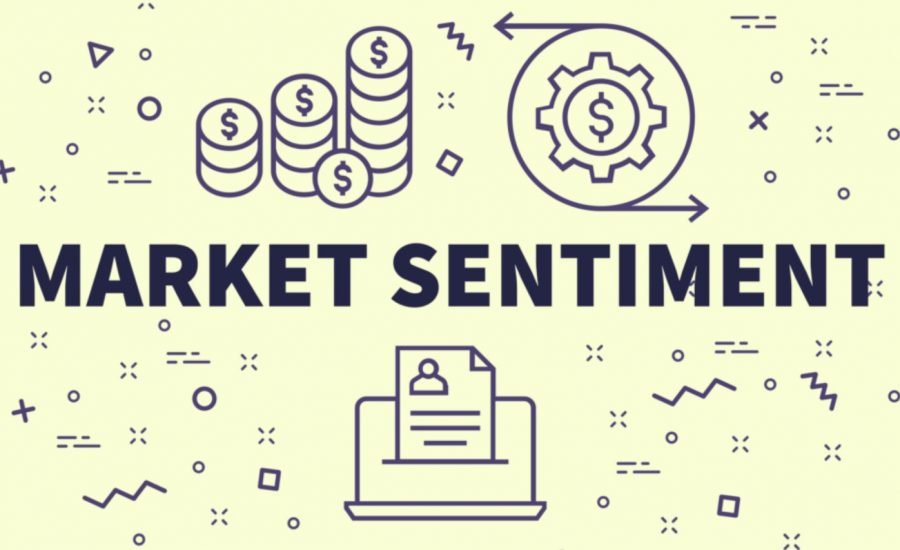Understanding the crypto market risk sentiment is in some ways similar to what is required when analyzing stocks, but at the same time, several other aspects need to be taken into account. If you want to understand why cryptocurrency valuations are going up or down, then it will be helpful to know the following three important measures for the broad market sentiment. You can use them to spot oversold/overbought conditions or to find the impulsive market direction.
Social Media Analysis
The cryptocurrency market is mainly driven by emotions (FOMO or FUD), leading to aggressive price action behavior. As a result, since most of the market participants are retail individuals, it will be of great importance to monitor social media activity. There are groups and pages on platforms like Facebook, Twitter, or most importantly, Telegram, where crypto enthusiasts talk about various subjects.
Based on the market developments, you will easily notice that the main discussions follow a regular pattern. The majority of users will be overly enthusiastic when markets are moving up only to behave like the end of the world is coming when valuations drop.
Funding Rates
To calculate the funding rate for a cryptocurrency like Bitcoin, you need to see how much a creditor received for lending BTC to margin traders on exchanges. Funding rates for crypto are often correlated with market sentiment.
If the sentiment is bullish, then it is very likely that funding rates for USD will be higher than the ones of Bitcoin. That happens because traders will borrow dollars in order to buy Bitcoin. The opposite will take place in case the market sentiment will be bearish. You can track funding rates using tools such as CoinLend or CryptoLend, that are providing updated and accurate market data.
Fear and Greed Index
Another tool used to measure the crypto market sentiment is the Crypto Fear and Greed Index. Fluctuating between 0 (representing fear) and 100 (greed), this indicator compiles several data sources as follows: volatility, market momentum, volume, Bitcoin dominance, Google Trends, and others.
This indicator is very useful in spotting inflection points in the market. When it points to extreme fear (closer to 0) that might mean the market is close to bottoming out and when the sentiment is greedy (closer to 100) a market top might be near. That had already happened several times in the past few years and using this tool, traders could have bought or sold crypto before a major market move started to unfold.



